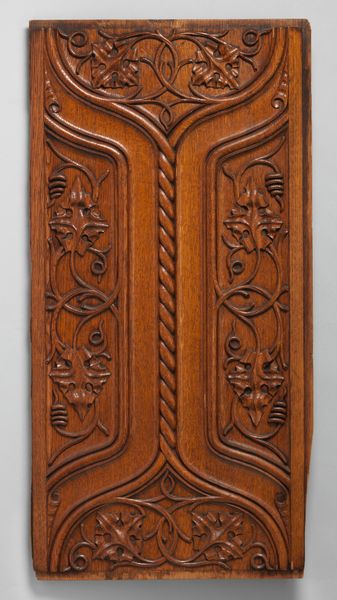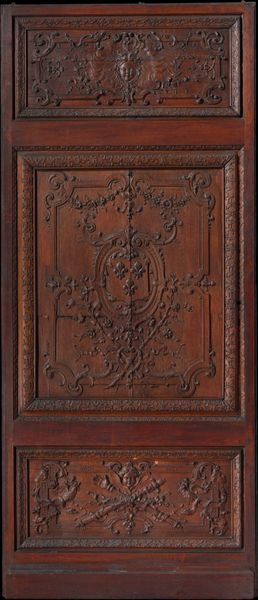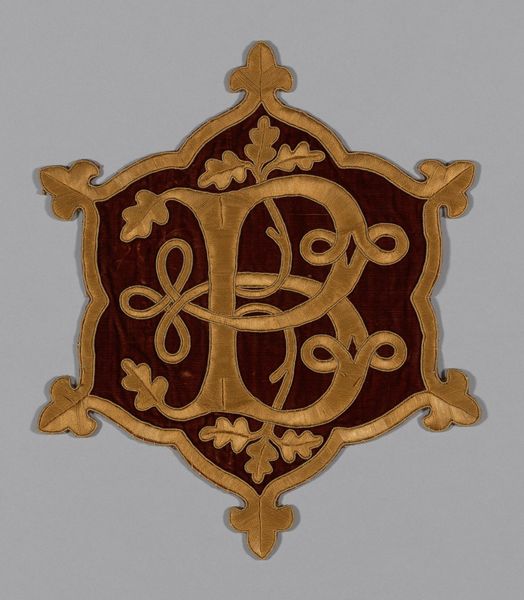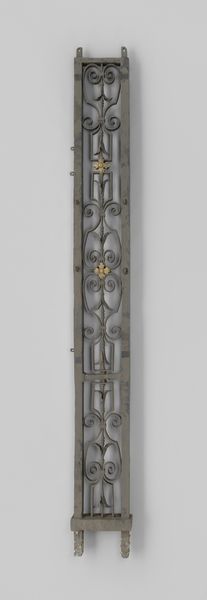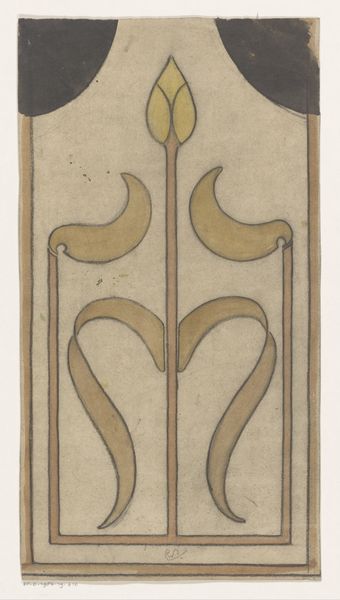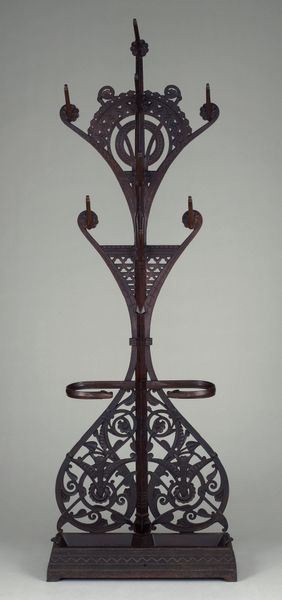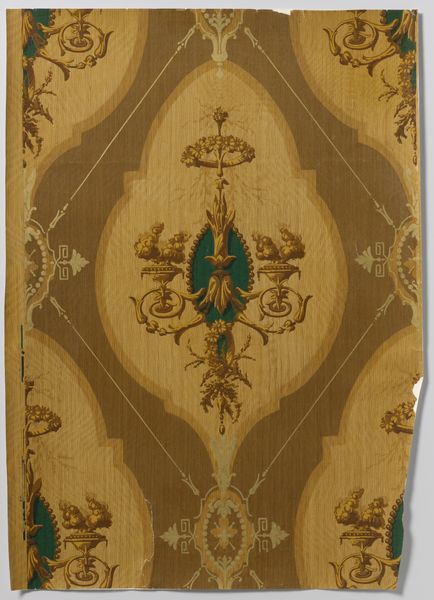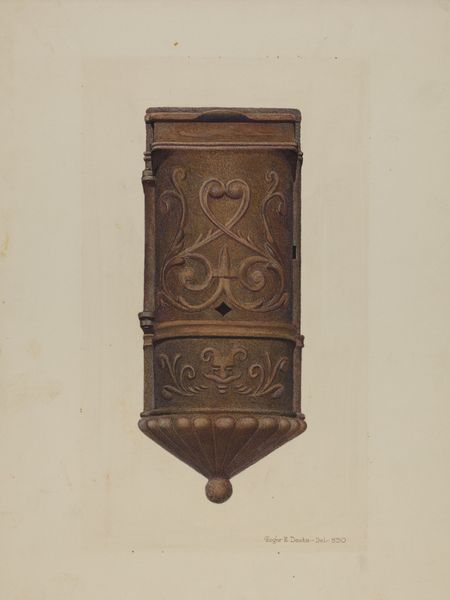
Decorative paneling from the Palace of Westminster 1840s - 1850s
0:00
0:00
Dimensions: Overall (confirmed): 40 1/2 × 8 3/8 × 1 1/2 in. (102.9 × 21.3 × 3.8 cm)
Copyright: Public Domain
Editor: Here we have a section of decorative paneling from the Palace of Westminster, made sometime in the mid-19th century. It's wood, carved with incredible detail. It looks so austere, almost severe, which I guess is fitting for Parliament. What strikes you when you look at it? Curator: You know, "austere" is a good word for it. It whispers power, doesn't it? Makes you think about echoes and hushed debates. What I see, though, beyond the seriousness, is Pugin's passionate belief in the Gothic Revival. He really thought that by bringing back medieval styles, they could bring back some of the old values of, say, faith and craftsmanship that were being overtaken by industrialisation. Does the design speak to that for you? Editor: I can see that. There’s something very deliberate about the symmetry and that stylized floral motif, that speaks to purpose beyond just pure function. Curator: Precisely! And it goes deeper, right? These details weren't just aesthetic choices; they were supposed to reflect a certain moral order. Each element, carefully considered, each line… almost like a prayer. What kind of feelings rise for you, imagining running your hand over that carving? Editor: Hmmm, imagining the texture of the wood... it would probably feel a little rough, right? Firm, maybe a bit cool to the touch. Gives a real sense of history. Curator: Exactly! And think about all the hands that touched it during its creation, and after... We're touching history through this panel, somehow, aren’t we? Editor: Definitely. I hadn't really considered the moral and even spiritual side of the Gothic Revival before, but that adds a whole new layer of meaning to what at first glance seems like just a carved piece of wood. Curator: And that’s why it's exciting. The conversation never ends. What seems set in stone--or wood--is actually always breathing.
Comments
No comments
Be the first to comment and join the conversation on the ultimate creative platform.



